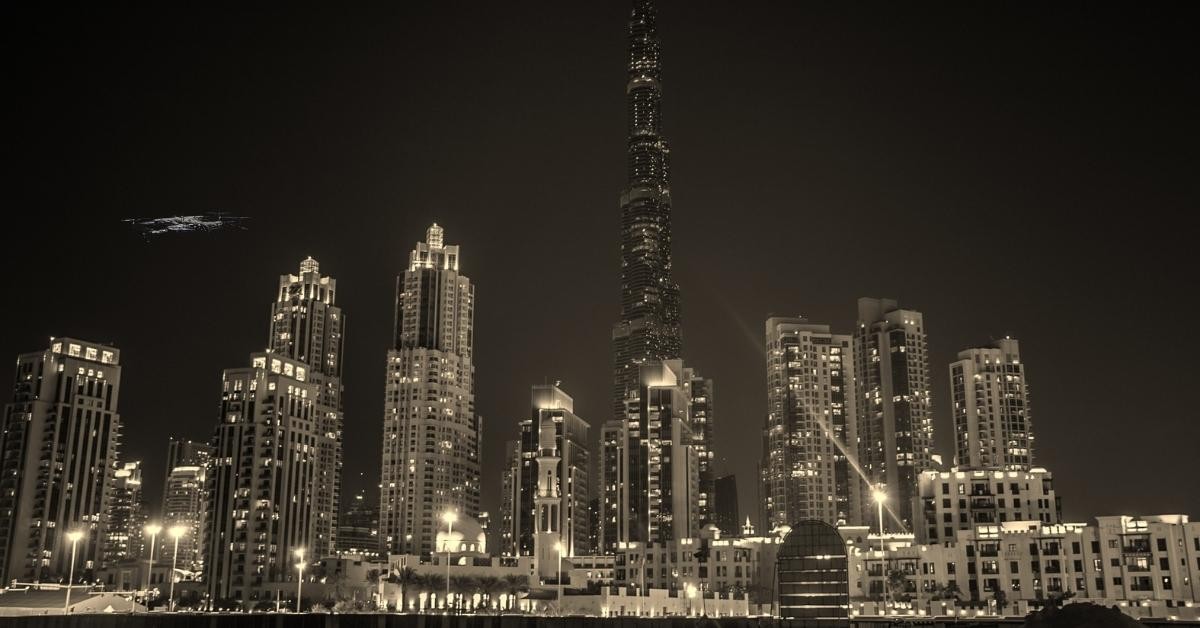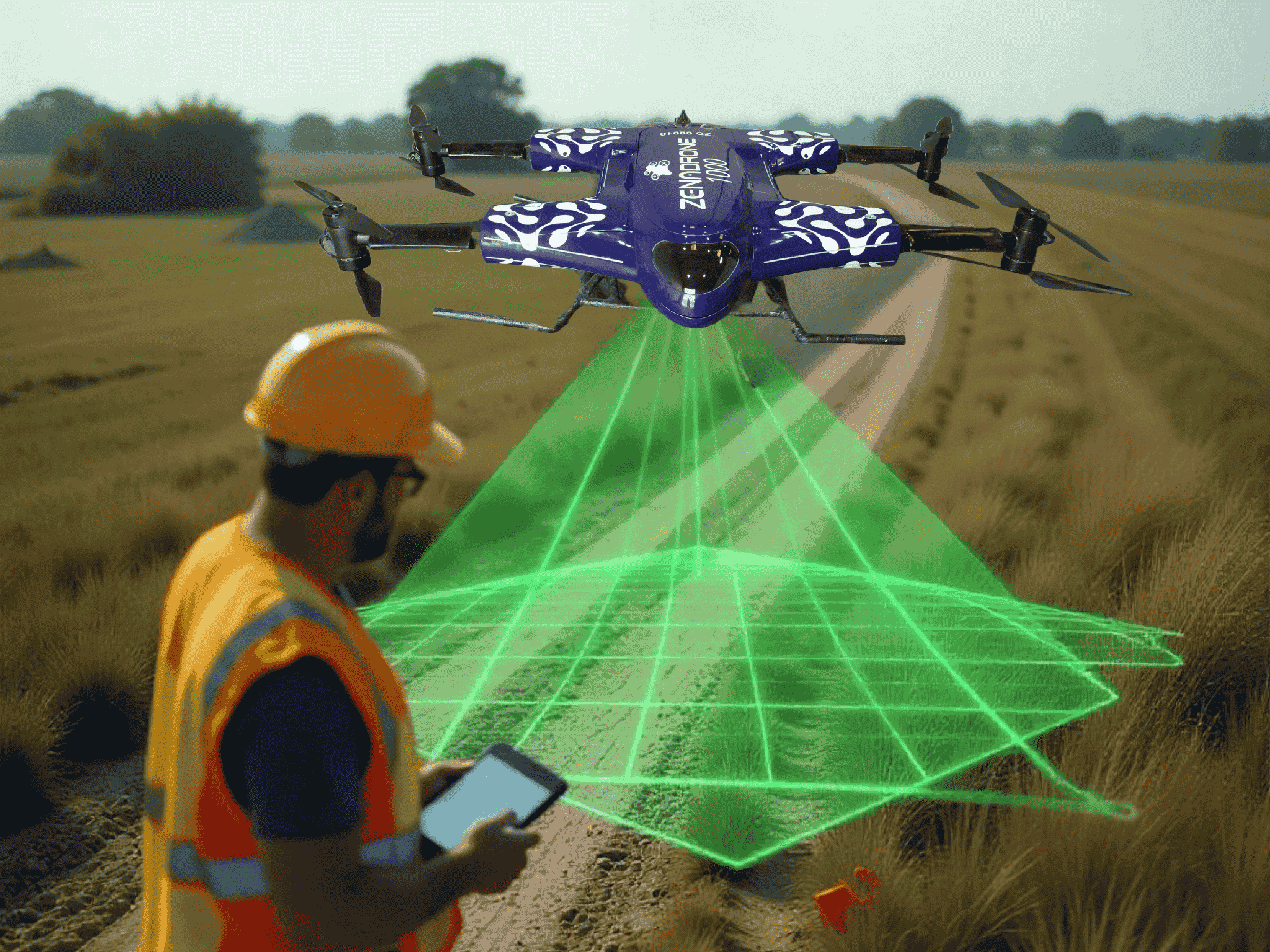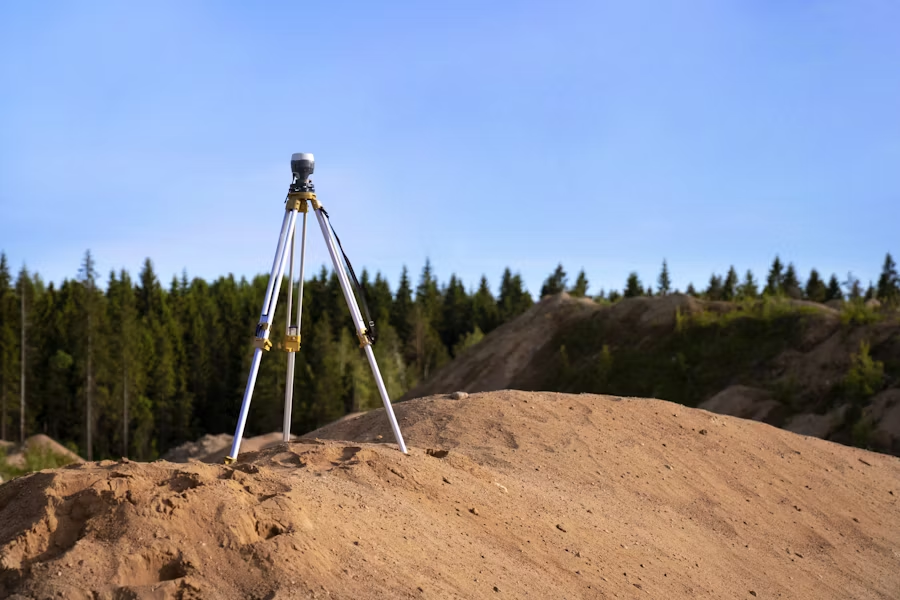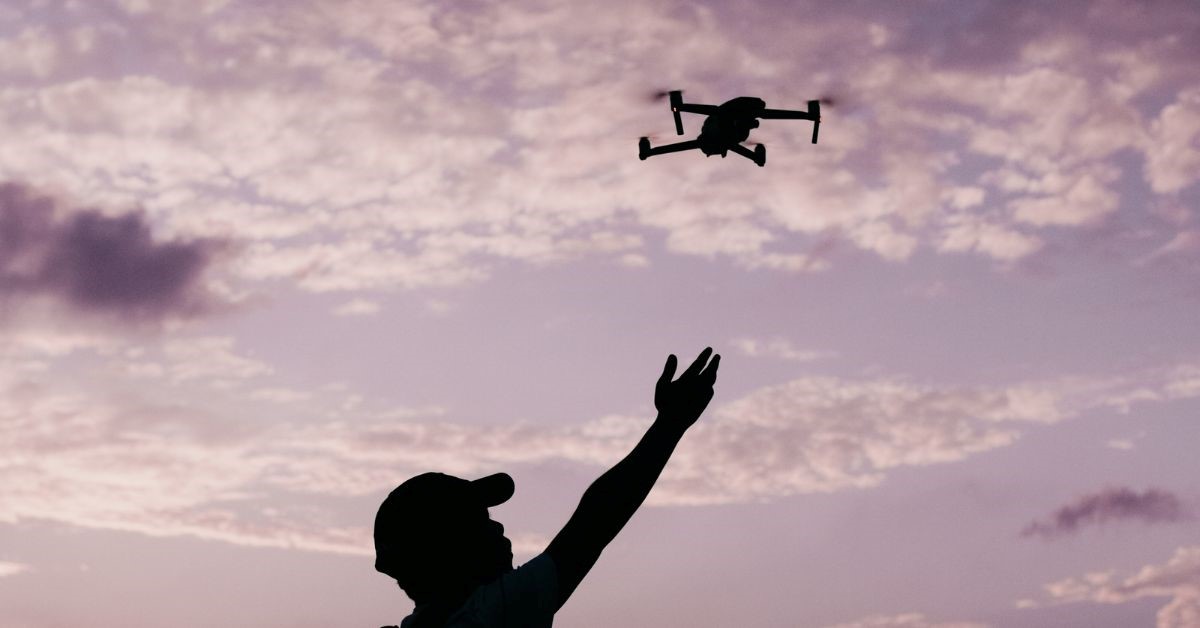Getting Started with Drones with Camera: An In-Depth Guide
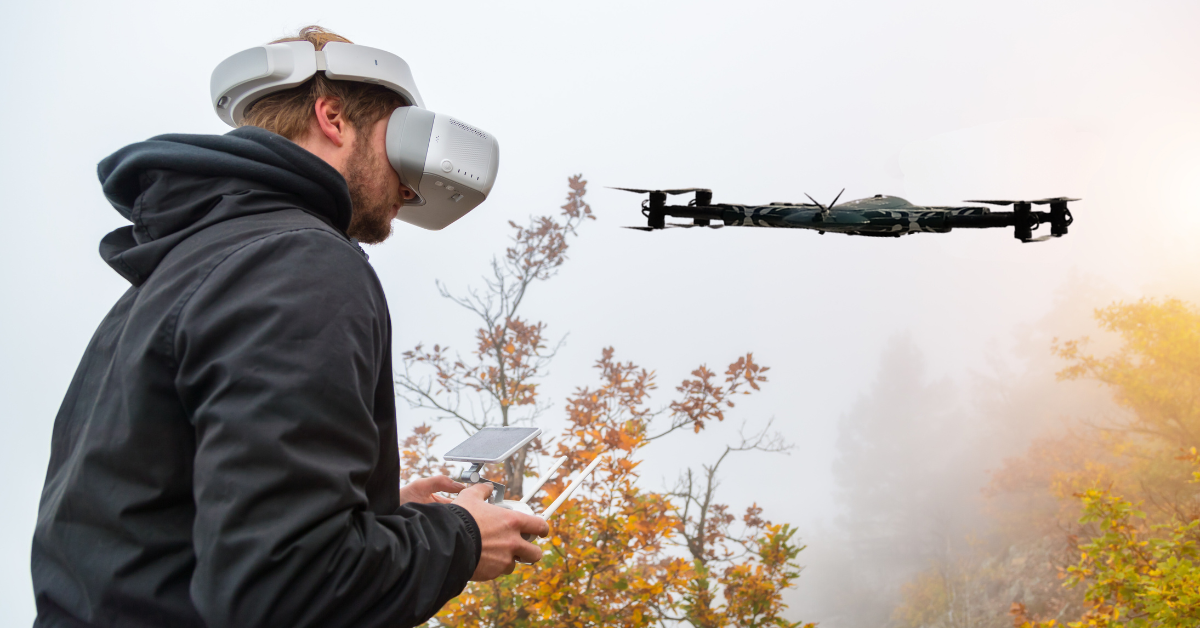
So, you have gotten your hands on a drone with camera, or maybe you are still considering purchasing one. With their growing popularity, particularly in commercial spaces and recreational activities, it’s unsurprising to consider investing in one.
In this article, we will start with how drones work and their different types. By the end, you can do some self-assessment by answering questions that will guide you into selecting the ideal model for your needs.
How Do Drones With Camera Work?
Camera drones work through a combination of operating systems and carefully engineered features. Here are some of the critical components and a brief explanation of how they work:
1. Camera
drones with cameras may be equipped with various cameras depending on the model and its purpose. Most drones have integrated cameras built into the drone’s body. Professional drones or those models intentionally used for industry applications may feature thermal or LiDAR cameras.
2. Propellers and Motors
Drones feature multiple propellers attached to electric motors. These propellers and engines determine the drones’ flight performance. Propellers may come in different sizes and pitches, with larger propellers providing more thrusts. Motors are mounted on the drone’s arm or frame, attached by screws, mounts, or any quick-release mechanism.
3. Gimbal
A gimbal supports the camera’s stability while the drone is in motion. The movements of a drone while in flight may result in unwanted vibrations and shakiness in the drone camera’s footage. Most drone gimbals consist of three rotation axes, allowing the camera to rotate left and right, up and down, and adjust its orientation.
4. Flight Controller
The flight controller processes the data gathered by the drones with cameras through its numerous sensors onboard and transmits such data with the motors for speed adjustment of the propellers. A flight controller is a critical system for a drone as it ensures stability and is responsive to user commands.
5. Sensors
Sensors allow a drone to gather data about its surroundings. These sensors may include an accelerometer, barometer, and gyroscope, which all aid in flight time, stability, speed, orientation, and altitude.
6. Transmitter and Receiver
The transmitter and receiver are the components responsible for the wireless communication between you, as the pilot, and your drone. The drone transmitter sends any of your commands, such as takeoff, landing, and altitude adjustments, to the drone, which it interprets and executes through its receiver.
7. GPS and Navigation Systems
Drones may use software and other navigation systems to provide accurate positioning information and help the drone conduct autonomous flight and follow waypoints.
Identifying Your Preferred Drone Type
Drones with cameras come in various types. Granted, they all satisfy the basic need of providing aerial footage, but each type is built with unique capabilities and added features that cater to a specific need.
Below are some of the common types of drones with cameras you might encounter and their specific use:
Consumer Drones
- Toy Drones: Camera drones are one of the forms of entertainment that all ages may enjoy. Toy drones are designed specifically for children or beginners as they cultivate further interest in flying aircraft. Toy drones also often cost less than your regular professional drones, which makes them ideal if you want to start your drone journey without burning a hole in your pocket.
- Hobbyist Drones: Drone flying is one of the growing hobbies out there. These drones are one step higher than toy drones, as hobbyist drones are equipped for amateur aerial photography and recreational flying. These drone with camera are often compact and portable, with user-friendly features for ease of use.
Professional Drones
Professional-grade drones often require special training for their operation. These advanced drones are custom-made to meet the demanding requirements of industry experts and drone professionals. Most are equipped with cutting-edge camera systems, and precision flight controls with the latest technology incorporated. In the hands of a professional drone user, these drones transform into powerful tools.
Industrial Drones
- Inspection and Surveillance Drones: These drones are often used in construction, law enforcement, and even military operations. Whether it involves inspecting buildings, pipelines, or hostile regions, these drones are built for longer flight duration and equipped with various sensors for detailed inspections.
- Aerial Photography and Videography Drones: these drones specifically cater to photographers, videographers, and those involved in the film industry. These drones are tools for cinematic storytelling; as such, they often feature advanced cameras and gimbals for stunning aerial images and video outputs. Some models also feature sensors and interchangeable lenses that elevate any film production.
- Agricultural Drones: Drones are a staple apparatus in precision agriculture. Agricultural drones may often come with attachments for pesticides and other agricultural inputs in a targeted and efficient manner. These drones may also mount specialized cameras and multispectral sensors for comprehensive crop monitoring.
- Search and Rescue Drones: These are specialized drones employed in emergency and disaster response operations. Search and rescue drones are often equipped with thermal imaging and other sensors that allow for extensive surveillance coverage in a short amount of time. They remain invaluable for first responders, law enforcement, and individuals in distressing conditions.
Choosing the Right One
Now that you know the different types of drones with cameras, it is time to determine which best aligns with your interests. To start, you have to be intentional in your decision-making process. You can even take it upon yourself to do further research as needed.
In the meantime, here are some questions you may answer to help you start in the right direction:
Frequently Asked Questions
What are you after?
Are you primarily interested in drones for recreational flying and personal enjoyment? Or is it an integral tool to the conduct of your employment? If you have specific professional or industrial applications in mind, go after drones that have a proven track record in your field.
How much is your budget?
Determine your spending limit. Also, you can mount different attachments to your drones, such as extra batteries and additional camera equipment. Be sure to consider these upgrades when determining your budget.
What are the regulations in your place?
Be a responsible drone user. Take it upon yourself to know the local regulations and laws governing drone flying in your region. After all, unintentionally infringing upon these regulations can result in the same legal repercussions as deliberate violations.
Are you always on the go?
Consider your lifestyle. You may go after compact and portable drones if you are always traveling. Consider also the nature of your profession. Drones intended for industry applications may have stationary requirements for their prolonged use.
Do you have a preferred provider?
There are a lot of specific drone manufacturers or drone solutions providers out there. You may go after those who have already built a reputation for reliability, customer support, and drone quality.
Takeaway
Drones with cameras have redefined how we see the world from above. Whether it’s professional pursuits you’re after or just an aircraft enthusiast, a perfect drone camera is waiting for you. Consider booking your first service at zenadrone.com and experience the endless possibilities of drone solutions we can offer.
Contact Us
Thank you for your message. It has been sent.
Latest Posts
Social Profiles






